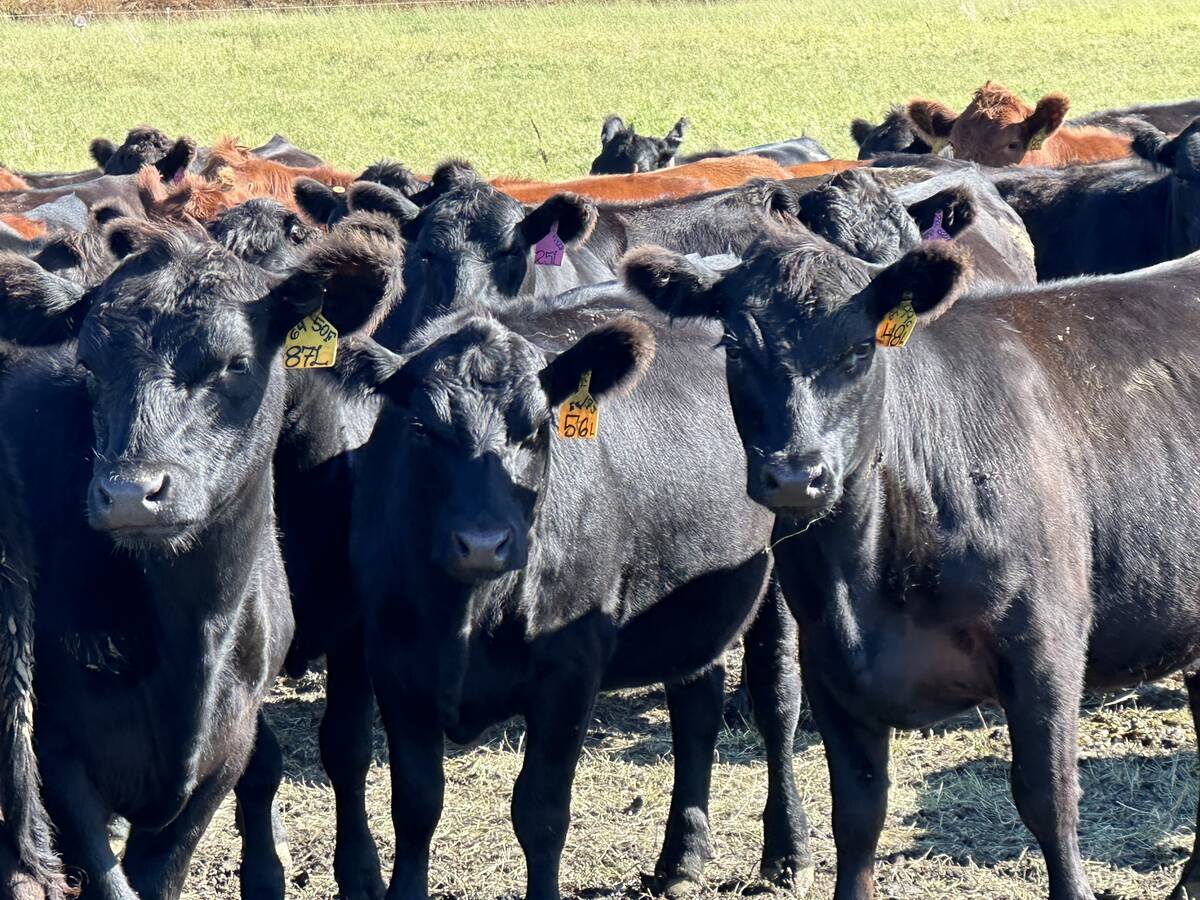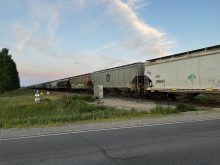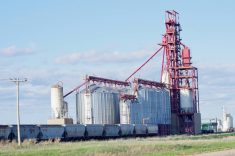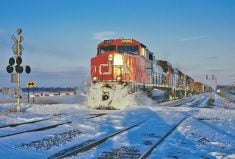A new rail transport bill is on the horizon, but it’s still too soon to say whether that will bring about meaningful change for Canadian farmers.
“We’ll see what comes out in the new rail bill — how far they’re willing to go on this,” said Steve Pratte, manager of policy development for the Canadian Canola Growers Association.
“Are they going to go for the reform of the rail system? Or are they just going to tinker and tweak again, leaving us dealing with these same core issues 12 months from now?”
Read Also

Want to track the cattle industry? Follow the heifers
Beef specialists examine key indicators in Canadian market for growth patterns in cattle markets
Set to launch this spring, the new transportation framework is expected, among other things, to bring in reciprocal penalties so railways (and not just grain companies) will have to pay when they fail to live up to service agreements. It is also expected to better define ‘adequate and suitable service’ — another area that farm groups have been urging the government to address since disastrous grain transport delays following 2013’s record crop.
“All of these issues come down to the fundamental problem of railway market power,” Pratte said at the FarmTech Conference in late January.
“The railways don’t exist in and of themselves just to exist. They’re moving goods because people are selling and buying goods, and the system in general should be more responsive to that.”
While “2016 set records as far as performance of the system” and deliveries are up slightly this year, the agriculture industry still needs improved rail service now and into the future as crop yields continue to rise, said Pratte.
“The service to grain can be variable because the grain’s not going anywhere. It can only move by train, and they’ll only pick it up when they want to pick it up,” he said.
“We need a reliable, efficient, bankable system that we can execute on global contracts and move our products from farm gate to the end destination with reliability.
“The system’s got to get tightened up. We’ve been operating for years now as a just-in-time system.”
Aging hopper cars
And that problem will only be exacerbated over the next decade as the government retires Canada’s aging hopper car fleet.
As of Jan. 1, 2016, there were about 22,400 hopper cars in circulation, and of those, there are roughly 8,400 federal cars left, 3,100 publicly supplied cars, and 900 Alberta government cars. The rest of the cars are from the railways themselves, shippers, and on lease.
“The cars have a mix of ownership, age, size, carrying capacity, and state of repair,” said Pratte.
“It’s a real dog’s breakfast of rolling stock out there circling around, moving our Canadian grain.”
And the “next big wave” of retirements is Alberta’s car fleet, which is set to happen in about five years. Then, around 2026, roughly 3,600 federal cars will be retired, and by the early 2030s, the rest will be reaching the end of their lives.
“When this federal fleet gets retired, what are the options? Who’s going to deal with this?” said Pratte.
“It’s not an immediate issue, but there is a first wave coming in about five years, and in another decade, there’s going to have to be some action.”
The Canadian Transportation Act review had only one page of discussion on the issue and had “no specific recommendations” other than that the government could play a strategic role in a conversation amongst stakeholders about “who’s going to do what when.”
“We have to think about that long-term relationship between our increasing production trends and carrying capacity,” said Pratte. “It’s not just replacing the stock of federal cars now. The ideal situation would be to grow that incrementally. We want to position ourselves to be able to carry the crop of the future.”
Right now, there are basically five options. The government could replace the cars, but “is that likely? No.” The railways may “partially” replace cars, but over the last 30 years, they have largely “got out of the business of owning rolling stock.” Shippers may buy or lease cars (the third option), and grain companies could buy cars and operate them as a private fleet, as a fourth option. And the fifth option is a consortium.
“There’s proposals floating around, likely tied to some sort of government guarantee, where big pension funds or investment funds could come in and front-load the purchase of these cars and there would be some sort of leasing mechanism for the shipper,” said Pratte.
“But we can’t even estimate what that might look like.”
Ultimately, Canada’s agriculture industry needs “some level of comfort that this is going to get dealt with before it becomes a crisis,” said Pratte.
“Everybody is waiting to see who is going to act first. Everybody has their cards that they’re ready to play, but they’re holding them tight to their vest,” he said.
“None of this is in our control, but it directly affects us, and at the end of the day, producers are going to pay to some degree.”















